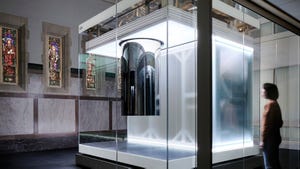Data center ETF stock chart illustration
Investing
Data Center ETFs: An Introductory Guide to Boosting Your PortfolioData Center ETFs: An Introductory Guide to Boosting Your Portfolio
Data center ETFs can help diversify your investments. Learn how they work, their benefits, and how to go about choosing the right fund for your portfolio.
Subscribe to the Data Center Knowledge Newsletter
Get analysis and expert insight on the latest in data center business and technology delivered to your inbox daily.










































.jpg?width=700&auto=webp&quality=80&disable=upscale)



